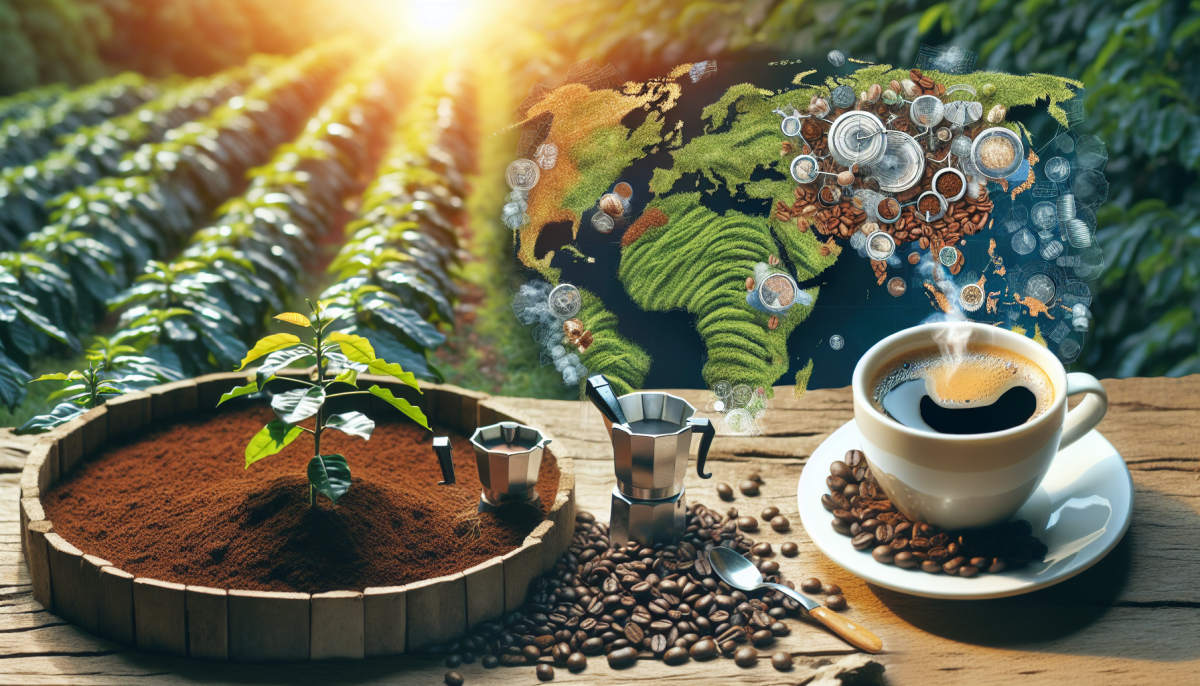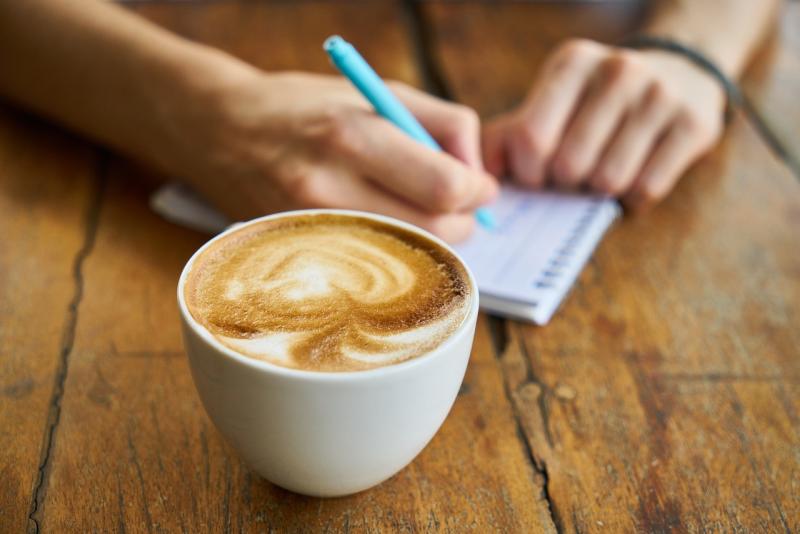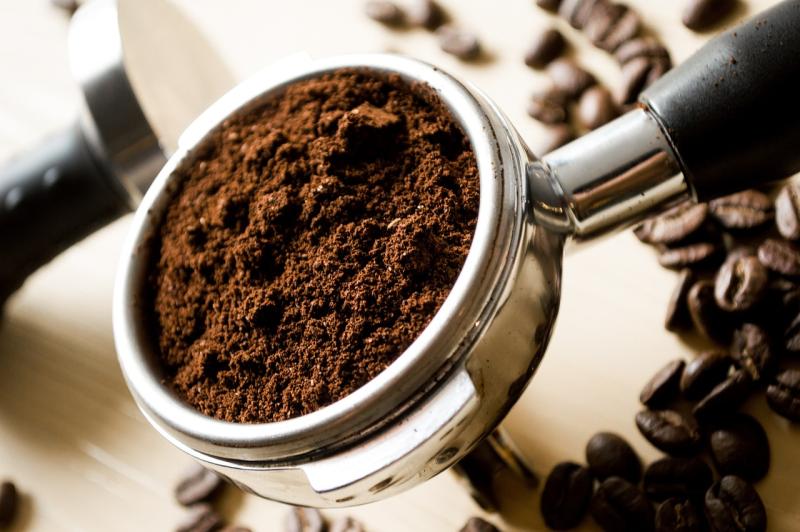Coffee culture has deep roots that stretch back centuries, starting in the ancient coffee forests of Ethiopia. Legend has it that a goat herder named Kaldi discovered coffee when he noticed his goats became energetic after nibbling on coffee cherries. Curious about this buzz, Kaldi tried the cherries himself, and the rest is history! From Ethiopia, coffee traveled to the Arabian Peninsula, where it began to gain popularity.
By the 15th century, coffee was being cultivated and traded in the Yemeni district of Arabia. Coffee houses, known as qahveh khaneh, began to pop up in cities like Mecca and Istanbul, serving not just coffee, but also as social hubs where people gathered to chat, listen to music, and enjoy games. These coffee houses quickly became centers for intellectual exchange, influencing everything from politics to literature.
Across the globe, coffee made its way to Europe in the 17th century, igniting waves of enthusiasm. Many folks were thrilled to have a new, invigorating option besides alcohol. Coffeehouses, similar to those in the Middle East, sprang up in cities like London and Paris. They became hot spots for discussion and debate, often being referred to as "penny universities" because for just the price of a cup of coffee, you could gain access to lively conversations and new ideas.
As coffee's popularity soared, cultivation spread to the islands of the Caribbean and Latin America. Plantations began to flourish, turning coffee into a global commodity. This shift not only influenced economies but also shaped cultures. Every region added its own flair, from the rich espresso of Italy to the sweet, spice-infused coffee of Morocco. Today, coffee culture continues to evolve, blending traditions while creating new rituals across the world.
From Bean to Brew
Ever wondered how your morning cup of coffee gets from a tiny bean to your cozy mug? It's a fascinating journey that starts on lush coffee farms and ends in your favorite café or kitchen. Let’s break it down!
The journey begins in farms located around the "Bean Belt," an area between the Tropics of Cancer and Capricorn. Here, coffee plants thrive in the right climate and soil. Farmers carefully nurture these plants, watching over them all year long as they grow. When the time is right, it's harvest time! Only the ripest cherries are picked, often by hand, ensuring that only the best beans are selected.
Once harvested, the beans go through processing. There are two main methods: the dry process and the wet process. In the dry method, cherries are spread out under the sun to dry, allowing the flavor to deepen. The wet process involves removing the pulp from the cherries and fermenting the beans in water. Each method gives the coffee distinct flavors that you can taste later on!
After processing, the beans are roasted, which is where the magic really happens. Roasting brings out the rich aromas and flavors we love. This stage can vary in length and temperature, leading to different roast profiles, from light and fruity to dark and bold. It’s all about finding the perfect roast for your taste.
Finally, the roasted beans are ground and brewed. Whether you prefer a classic drip coffee, a frothy cappuccino, or a bold espresso, the way you brew makes all the difference. With each sip, you're not just enjoying a drink; you're experiencing every step of the coffee’s incredible journey.
Global Impact of Coffee Trade
The coffee trade has had a huge impact on cultures, economies, and environments around the world. It’s not just about your morning cup; it’s a global industry that connects millions of people and influences many countries. From the farmers who grow the beans to the baristas serving your favorite brew, each step in the coffee journey plays a vital role in the larger picture.
In many coffee-producing countries, like Brazil, Colombia, and Ethiopia, coffee farming is a key part of the economy. It provides jobs for millions and is often the main source of income for families. When coffee prices rise, it can significantly boost local economies, but when prices drop, it creates challenges for those depend on it for their livelihoods. This fluctuation shows just how intertwined coffee is with economic stability in these regions.
But it’s not all about money. The coffee trade has also sparked social movements and awareness around fair trade practices. Many consumers are now interested in where their coffee comes from and how it’s made. This has led to a rise in demand for ethically sourced coffee, encouraging farmers to use sustainable methods that protect the environment. Supporting fair trade coffee means supporting a system that values farmers and their communities.
Environmental impact is another crucial factor. Coffee farming can lead to deforestation and loss of biodiversity if not managed properly. However, initiatives promoting shade-grown coffee and organic practices are gaining traction. These methods not only produce high-quality beans but also help maintain healthy ecosystems, showing that coffee lovers can enjoy their favorite drink while caring for the planet.
Coffee's Role in Everyday Life
Coffee is more than just a morning pick-me-up; it's a ritual for many. Whether you brew a fresh pot at home or grab a cup on your way to work, coffee has become woven into the fabric of our daily routines. There’s something comforting about that first sip, isn’t there? It’s like a warm hug in a cup, energizing you for the day ahead.
For many, coffee serves as a social glue. Meeting a friend for a cup can spark great conversations and create lasting memories. Whether it’s a cozy café or your favorite local shop, coffee culture fosters connection. Plus, it's an easy excuse to take a break from the hustle and bustle of life, allowing us to slow down and savor little moments.
Coffee also has its benefits beyond just taste and social interactions. Lots of folks appreciate its ability to boost focus and productivity. A well-timed cup can help sharpen concentration, making it a popular choice not just in homes, but also in offices. Many workplaces even invest in good coffee machines to keep the energy high!
Let’s not forget the global impact of coffee as well. It’s a huge part of economies in various countries, supporting farmers and communities around the world. From growing to brewing, coffee’s journey is filled with stories, each cup representing diverse cultures and traditions. It's pretty amazing how a simple bean can connect so many people across the globe!



